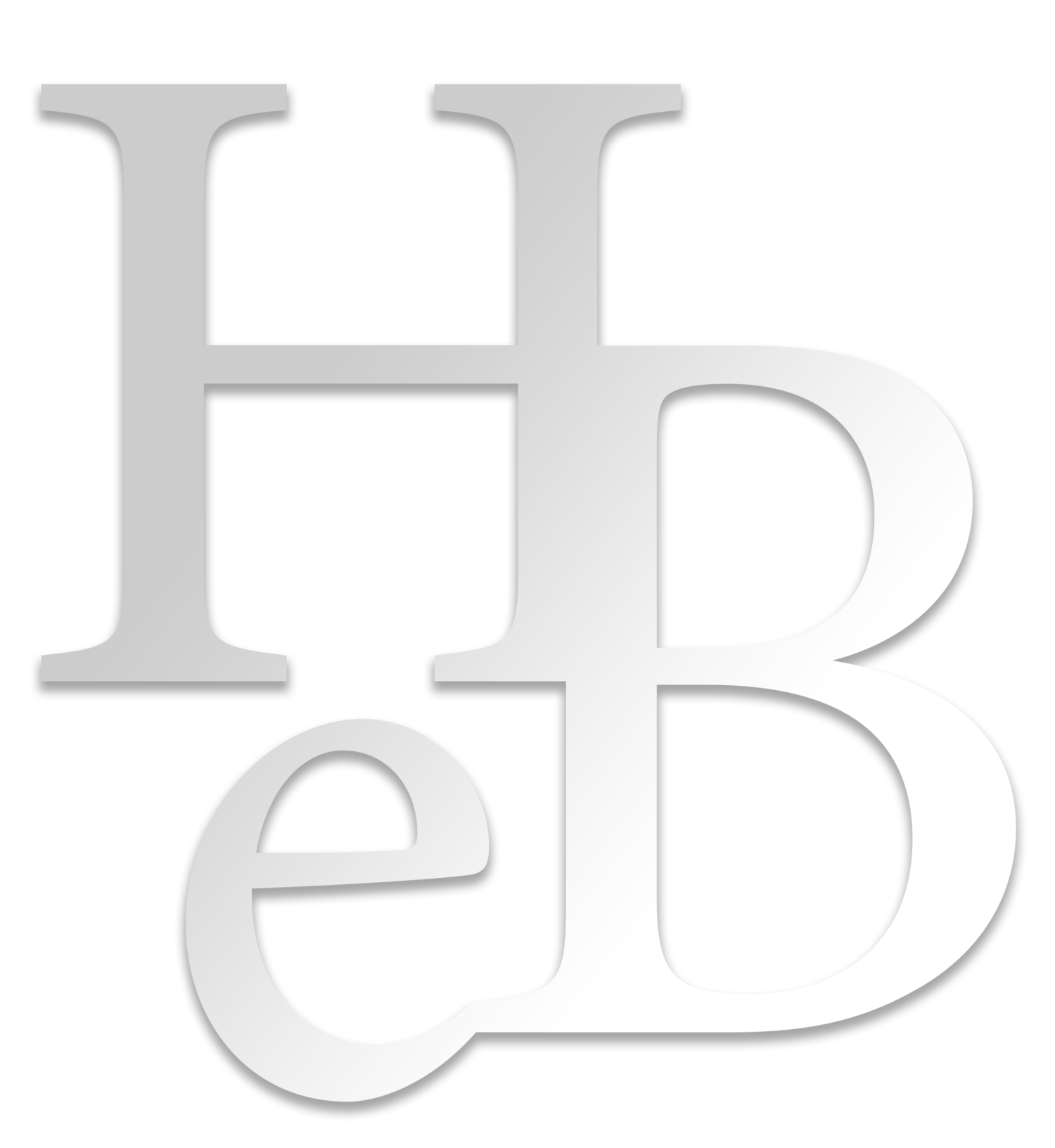 Image 1 of
Image 1 of


The Daisy and the Dandy: Emily Dickinson and Oscar Wilde
Symbiosis 9.1 63-87
Author: Páraic Finnerty
Pages: 31
Páraic Finnerty's essay "The Daisy and the Dandy: Emily Dickinson and Oscar Wilde" explores the intriguing connections between Emily Dickinson, the reclusive poet, and Oscar Wilde, the flamboyant figure of aestheticism. Finnerty examines how Wilde's public persona and literary works may have influenced Dickinson's private, yet equally profound, approach to art and life. This essay provides a unique comparative analysis, shedding light on the interplay between two seemingly disparate literary figures.
Symbiosis 9.1 63-87
Author: Páraic Finnerty
Pages: 31
Páraic Finnerty's essay "The Daisy and the Dandy: Emily Dickinson and Oscar Wilde" explores the intriguing connections between Emily Dickinson, the reclusive poet, and Oscar Wilde, the flamboyant figure of aestheticism. Finnerty examines how Wilde's public persona and literary works may have influenced Dickinson's private, yet equally profound, approach to art and life. This essay provides a unique comparative analysis, shedding light on the interplay between two seemingly disparate literary figures.
Symbiosis 9.1 63-87
Author: Páraic Finnerty
Pages: 31
Páraic Finnerty's essay "The Daisy and the Dandy: Emily Dickinson and Oscar Wilde" explores the intriguing connections between Emily Dickinson, the reclusive poet, and Oscar Wilde, the flamboyant figure of aestheticism. Finnerty examines how Wilde's public persona and literary works may have influenced Dickinson's private, yet equally profound, approach to art and life. This essay provides a unique comparative analysis, shedding light on the interplay between two seemingly disparate literary figures.







